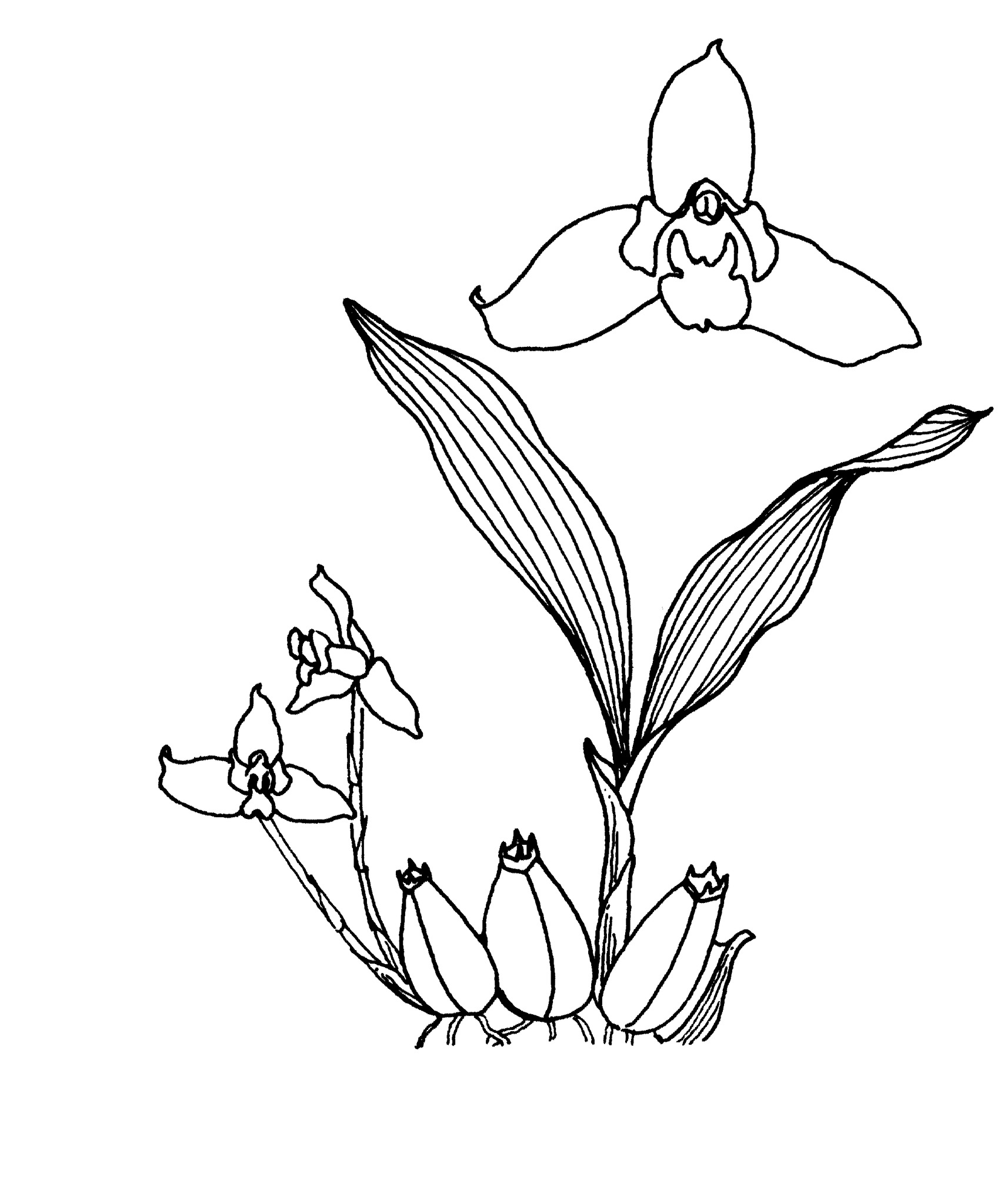
After Lycaste, the daughter of King Priam of Troy.
Epiphytic, epilithic or terrestrial herbs, sympodial, with short creeping rhizomes. Stems thickened into ovoid, slightly compressed pseudobulbs, crowded. Leaves apical, 1-several, thin, pleated, deciduous, stalked. Inflorescences usually basal, erect or spreading. Flowers resupinate, usually solitary, often large, fragrant, variously coloured. Sepals similar, dorsal free, laterals fused to column foot forming a pouch. Petals similar to or shorter than sepals, enclosing column. Labellum 3-lobed, hinged, often hairy, tip entire or fringed. Column long, curved, sometimes narrowly winged, with a basal foot. Pollinia 4, in 2 pairs.
About 35 species from Mexico, C and S America and the West Indies.
Large flowers with petals and labellum closely surrounding the column.
Fowlie (1970), Oakeley (1993).
Source: (2005). Orchidaceae. In: . Horticultural Flora of South-eastern Australia. Volume 5. Flowering plants. Monocotyledons. The identification of garden and cultivated plants. University of New South Wales Press.
